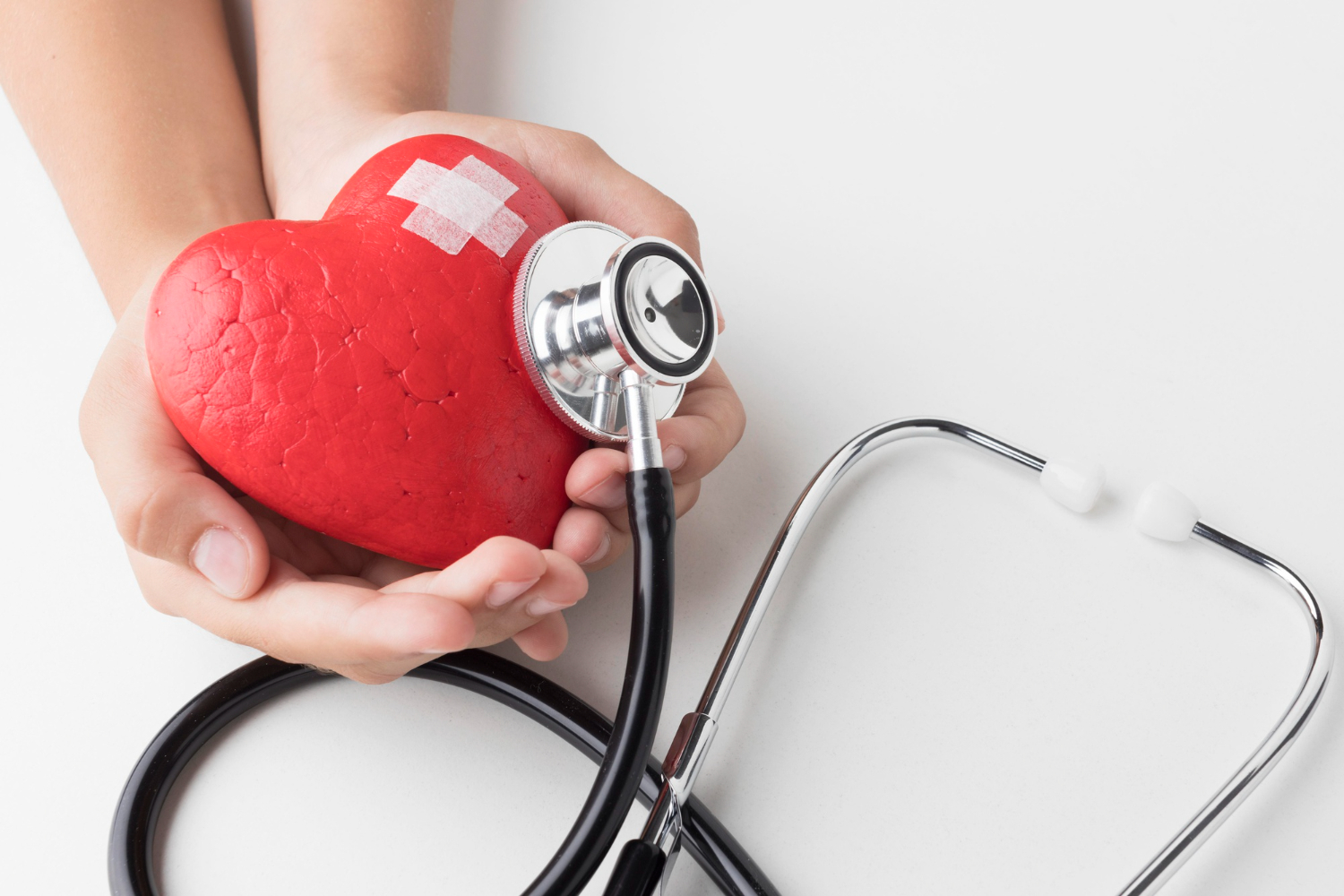With the number of health problems increasing by the hour, people search for jobs that can cater to their personal needs, and goals and care about their health and security. Staying healthy seems like a daunting job for employees, as most of their time is spent sitting in offices, thus they find it hard to take out time to work towards their health. So, employers must encourage good health behaviours and build a culture of wellness at work in order to attract candidates to work for them as well. Also, their health and wellness will have a direct effect on the productivity and profits of a company.
Benefits of Employee Wellness Programs
- Improves productivity
- Increases recruitment and retention
- Decrease in absenteeism
- Improves health behaviours
- Boosts employee morale
- Reduced health risks
- Reduces stress
- Encourages employee engagement
- Reduced healthcare costs
- Improves teamwork
Employees tend to be more productive who eat healthily and exercise regularly compared to those who does not. One of the main reasons of poor productivity is poor health, when you are unhealthy, you feel tired and less motivated to work. Taking part in wellness activities that concentrate on adopting good health behaviours such as regular exercise increases productivity and performance. They will be better focused and more motivated to complete tasks.
With the help of good wellness programs, companies can hire, as well as retain, the best employees. There are people that are strongly influenced by the presence of health offerings and other advantages when they choose an employer. Also, it plays a vital role in employee retention, by helping to keep the employees dedicated. Providing a wellness program will help employees feel valued and appreciated, essential elements of employee retention and recruitment. When you value your employees as crucial assets of your company, they will probably stay instead of searching for a job elsewhere.
When employees are healthy and stress-free, they are less likely to be absent for work. These employees be more invested in their work and be more productive in general. Furthermore, when employee productivity and morale are high, they are motivated to work and perform well. Thus, workplaces with complete wellness programs experience less absenteeism, due to employees being healthier and suffering less stress, leading to cost savings.
The most noteworthy benefit of introducing a wellness program in a workplace is enhancing both the physical health and mental health of employees. This will help them adopt good health behaviours and lower health risks. A well-curated wellness program can help employees embrace and support healthy habits such as regular physical activity and healthy eating. Also, it can help them reduce bad health behaviours such as smoking and substance abuse.
An adequate wellness program helps employees become healthier and happier. If employees feel appreciated and valued, they engage and communicate with each other. This will create high employee morale, and they are happier as they have control over their health. Furthermore, employees who practice good health behaviours are physically and mentally healthy in general and have lower absenteeism too.
Allowing employees to adopt healthy behaviours such as eating well, exercising, and avoiding tobacco lessens health risks. A wellness program will also help your employees learn to implement healthy options in their lives, making them healthier in the long run.
Stress is unhealthy for employees as it can lead to poor work productivity, poor employee health, and unnecessary sick days. Offering wellness programs will not only combat workplace stress, but also can improve your employee’s productivity and performance. Also, can result in lower employee turnover and improved employee health. One can also practice activities like exercise and meditation that can help them relieve stress and feel more relaxed.
A wellness culture can create a focused and engaged workforce that sees wellness as benefiting their careers. Practising group activities like walking meetings, weight loss challenges, involving health and fitness will connect your employees more to your company. A workplace wellness program can also engage and benefits the employees outside the workplace.
A company that promotes exercise and healthy eating can benefits employees’ health and make them less likely to get injured or fall sick, saving health care costs. Moreover, wellness programs can reduce health care costs, as when your employees are healthy, they do not have to go to the doctor and pays their bills and buy medicines. This can also save a lot of money in the long run.
There are some workplaces that offer employees the opportunity to experience other activities other than work, such as participating in a sports team, going to the gym, or eating lunch together. This will help co-workers to interact and bond, which eventually will help teams to work better together.
Top Employee Wellness Services
- On-Call Ambulance
- Teleconsultation
- Home healthcare
- Pre- and Post-Op Care
- E-pharmacy
- Mental wellness sessions
Employees experience high-stress levels at their workplace due to heavy work or extension in their working hours. Medulance offers solutions that include ambulance on site, wellness at workplace, telehealth services for employees, medical rooms and doctors on site.
Teleconsultation services are a technology-based distribution of professional medical consultations. It enables patients to connect with a certified medical specialist at any location through call, video call or message for medical support.
Home healthcare provides professional support services that allow a person to live safely in their home. Such services can be great for elderly as they need assistance to live independently. Professional caretakers such as nurses, aides, and therapists can provide short-term or long-term care in the home, depending on a person’s needs.
A pre-op service is developed to ease nervousness earlier than procedures and help patients with any specialized dietary necessities or restrictions. And the post-op service provides patients and family members peace of thoughts, understanding skilled caretakers are readily available to ensure restoration begins safely.
E-Pharmacy is a pharmacy that sells medicines online through the internet and delivers them to customers. Patients can order their prescription medicines from registered pharmacists and can receive their medicines from the nearest delivery point.
A mental wellness program offers support for employees suffering from anxiety, depression, stress, etc. These professionally-conducted guidance sessions can assist employees in achieving their full potential.
A great wellness program will help employees achieve their aspirations and goals. Also, will make them feel valued and cared, and this makes them achieve milestones at work. This will not only help a company create a positive image but also, a great workplace culture, a culture of health. Companies can also utilize wellness programs to build a strong sense of loyalty among their employees and enhance long-term retention.





